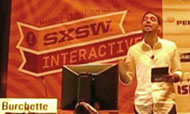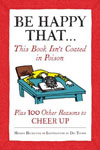
X Times the X-Men Predicted the Future Past
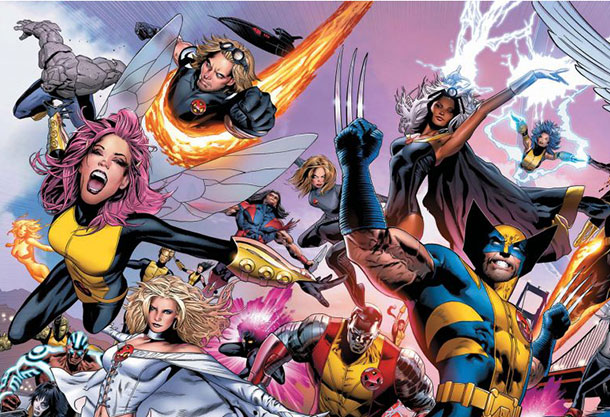
For 60 years, X-Men comics have famously drawn upon real-life events, ripping stories from the headlines like a mutant spin-off of Law & Order. Still, other X-Men narratives have actually foretold headlines yet unpublished, scooping the future with visionary storylines that portend developments years, sometimes decades, ahead of schedule.
In honor of the diamond anniversary of Professor Charles Xavier’s dream, we read 3,000-plus comic books in search of the 10 that best exemplify the team’s precognitive virtuosity. Behold! The most prophetic plots, farsighted fables and oracular orations in the history of the X-Men!!
I. 1978 Miyagi earthquake

As far as natural disasters go, earthquakes can be the hardest to predict—they don’t have a season and they rarely signal their intentions. So when one struck a fictional port city on the Japanese island of Honshu in Uncanny X-Men #118, we all should probably have stormed writer Chris Claremont’s house with pitchforks.
That’s because, around the same time in 1978, a 7.4-magnitude temblor erupted off the coast of Miyagi Prefecture… the real-life home of Honshu island. While the tremor struck in June and the cover bears a publish date of February 1979, the book hit newsstands in November. Given publishing lead times, Claremont would have turned in his script a month or two before the quake.
II. Police robots
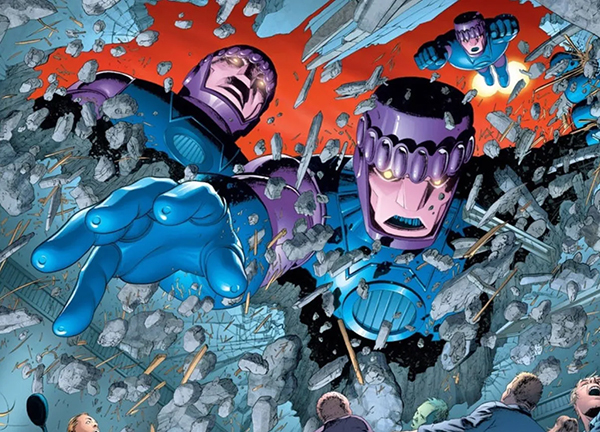
Originally introduced in 1965’s Uncanny X-Men #14 to eradicate the “mutant menace,” the first Sentinels were forerunners of the armed law enforcement droids now being considered for deployment in America’s major cities. Invented by an anthropologist (hey, if a web coder can head SpaceX…), their primary directive was to protect humans.
But, having taken their chat prompts to their logical end, these lumbering, one-dimensional killbots programmed to target mutants turned their attentions on their creator as well, determining the only way to protect mankind is to conquer it. Frankly, it’s a conclusion that’s hard to argue, which is why we welcome our robot overlords.
III. 9/11
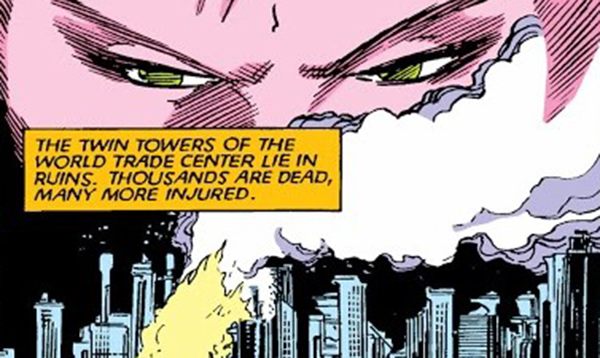
Of all the failed warnings that foretold the terror attacks of September 11, 2001, none were quite as specific as the one on page 2 of Uncanny X-Men #189, published in 1984. While on a girls trip around New York City, Rachel Summers, a psionic mutant sent to the present from an alternate 2013, is reminded of a tragedy from her future past.
Looking out over Lower Manhattan from the Statue of Liberty, Rachel is seen in one prescient panel reflecting wistfully on the smoldering rubble of the World Trade Center and its thousands of dead. At this point in history, the Twin Towers had stood scarcely more than a decade and would be gone less than 17 years later.
IV. The PATRIOT Act
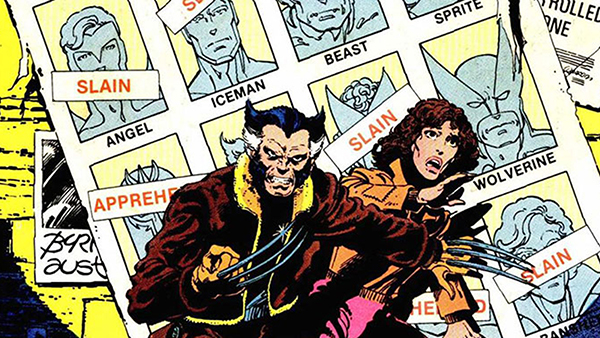
Similar to the events following 9/11, a terror attack in the “Days of Future Past” storyline triggered sweeping reforms a la the PATRIOT Act, giving the government unprecedented power to monitor and detain citizens more than 20 years earlier.
What began as an effort to strengthen surveillance and enforcement was ultimately used to crush any who resisted the new order, resulting in a dystopian future where freedom and liberty became distant memories. And it was even worse in the comics!
V. Death Games
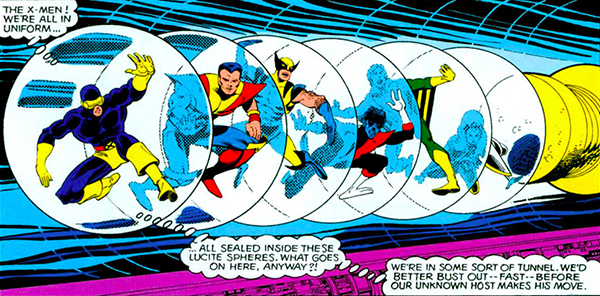
Long before The Running Man, Squid Game and the student debt crisis, the idea of human survival as entertainment was explored to great effect in the X books. Within its ever-changing walls, the eponymously deadly amusement park Murderworld first staged a diverse spectacle of life-size pinball games, buzzsaw bumper cars and fun house reflections come lethally to life in Uncanny X-Men #123.
A spiritual precursor to Vernon, New Jersey’s, Action Park, Murderworld first opened to victims in Marvel Team-Up #66, but it became a staple of X-Men stories for decades, hosted by the most nefarious of hair-and-skin combinations, a ginger named Arcade.
VI. Genetic modification
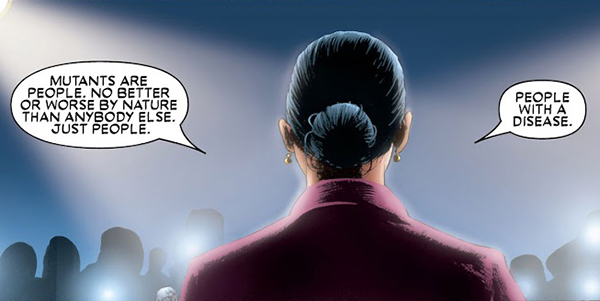
Nearly a decade before scientists successfully used CRISPR gene-editing technology to reprogram DNA, a real-life paleontologist at Argentina’s Instituto Patagónico de Geología y Paleontología has reasoned that fictional geneticist Dr. Kavita Rao used the technique’s mechanisms to develop a cure for mutation in Astonishing X-Men #1.
The formula was short-lived, however, having been destroyed several issues later in an ensuing raid on the pharmaceutical company responsible for developing it. No way UnitedHealth was approving that claim anyway.
VII. Hurricane Sandy
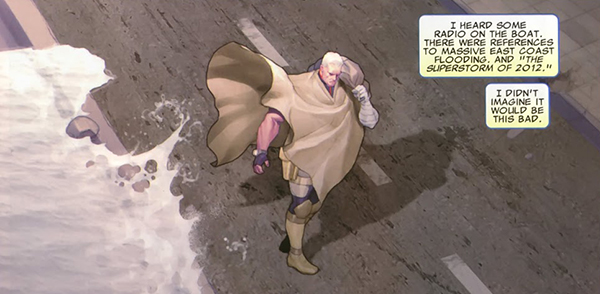
Picture it: East Orange, New Jersey, 2043. Time-skipping telekinetic Nathan Summers has just disembarked from a barge to discover the long-dilapidated ruins of a dystopian hellscape in Cable #1, published in 2008.
Ordinarily, that’s just classic East Orange, New Jersey. But in this case, it’s an East Orange that, for 31 years, has languished after “massive East Coast flooding” resulting from “the superstorm of 2012.” That year in our own timeline, the area was rocked by the wind and water of Hurricane Sandy, the worst disaster in New Jersey history if you don’t count the state’s roadways.
VIII. Reboots and Reality TV
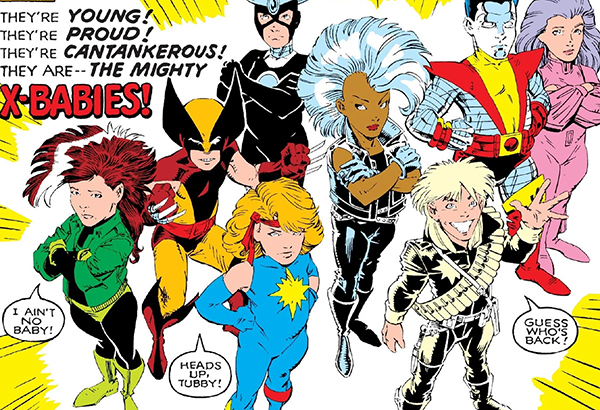
Patterned after the similarly spineless network TV execs of the era, a gelatinous scooter-propelled alien slave trader named Mojo repeatedly cast the X-Men as unwilling stars in his galactic programming throughout the ’80s and ’90s. To garner the ratings needed to maintain his dominion over Mojoworld, such broadcasts included pandering cash grabs like “X-Babies,” schlocky reboots like “The Wizard of X” and lazy spin-offs like “Mitey ’Vengers,” which was just an Avengers version of the X-Babies.
It eventually got so metatextual, it was hard to tell where the social commentary ended and Marvel’s own exploitation of these tropes began. If the publisher announces a series about the X-Babies’ internal fight to succeed an aging Mojo for control of his media empire, it’s just a play for primetime Eisner Awards.
IX. VR training
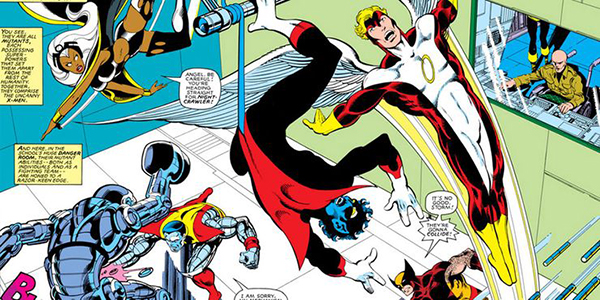
The kind of simulated combat and disaster response used by police and military today was modeled 60 years ago in the very first issue of X-Men. Originally filled with crude mechanical obstacles like floor flames and hydraulic compactors, the Danger Room was later upgraded with holographic projections, magnetic fields and atmospheric conditions that made for a more immersive experience, and addressed user complaints on the Xavier School message boards about latency.
Over the years the Danger Room has tested students’ very limits with simulations of iconic Marvel Universe locations like the Savage Land and Asteroid M, a surprise attack in the bathroom and, most grueling of all, New Jersey Mode.
X. Telefloronics
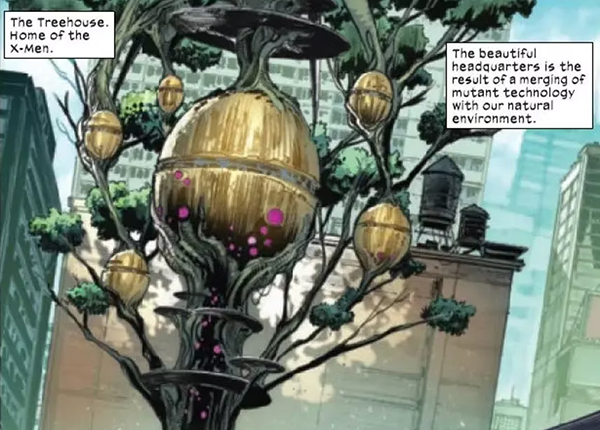
OK, this hasn’t quite happened in the real world yet. But it’s only a matter of time before scientists are able to harness the power of plants to build vital infrastructure, bioengineer mass transit and facilitate geological intercourse. In fact, since the Krakoan Age began with House of X #1 in 2019, real-life studies have revealed that fungi form vast underground communications networks—a sort of mycelial internet—using an electrical vocabulary of up to 50 words. Watch your back, artificial intelligence!






